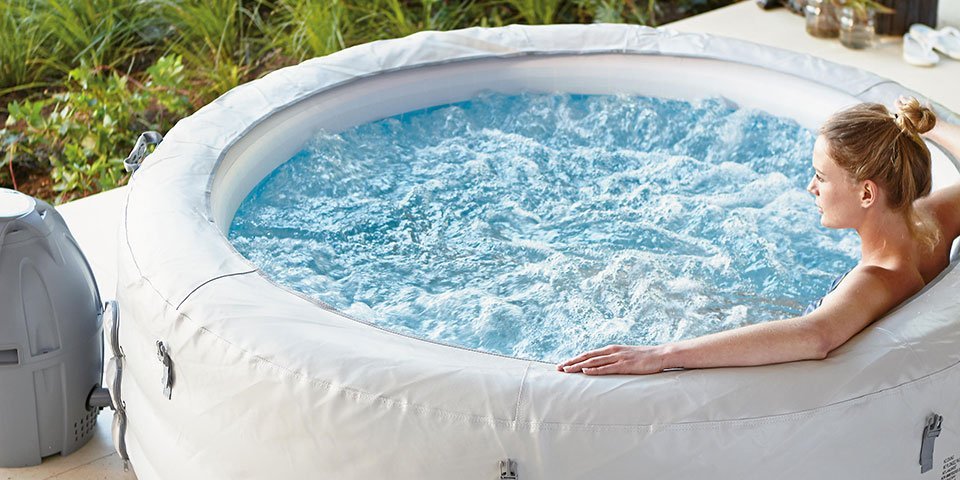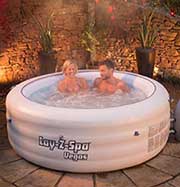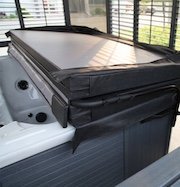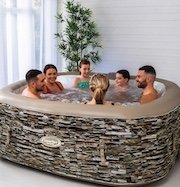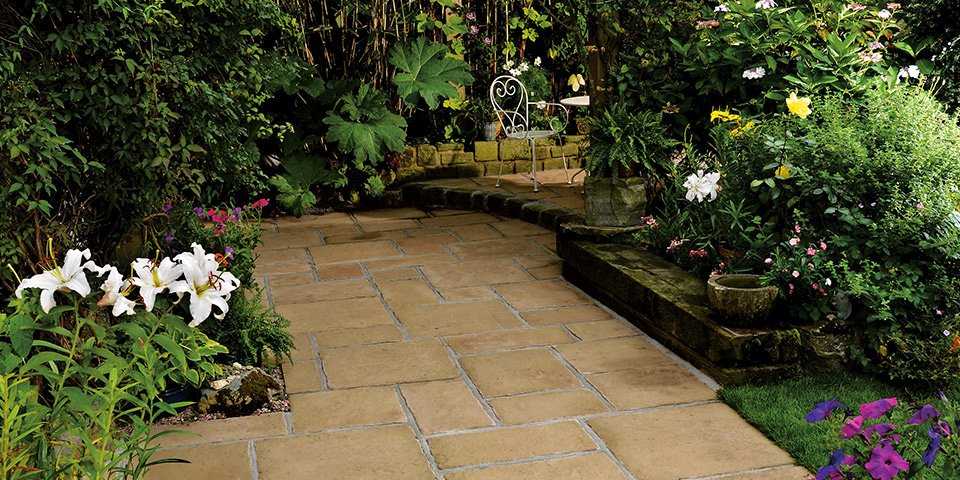We’ve all enjoyed a refreshing dip in a hot tub at some point, but have you ever thought about owning one of your own?
You might have dismissed it as an outlandish fantasy, but our helpful guide will show you that it’s a lot easier and more affordable than you think. Homebase has a great range – read on to find out more on the health benefits of hot tubs and spas and how you could be enjoying a relaxing soak in no time.
Types of spa
Spas are large tubs filled with water that can be heated to 40 degrees. Jets of water are then used to massage and relax the body. Spas can accommodate anywhere between 2-8 people, have moulded seating to help you relax comfortably, and can be used all year round.
There are two types of spa to choose from:
Inflatable
Inflatable models are the most affordable. These spas are easy to set up, comfortable to use and some are even portable. Homebase’s range features transportable models that seat up to six people and come with up to 88 jets and air massage bubbles to help reach peak relaxation
Inflatable hot tubs are also sturdier than you might think and are good to use in winter. Due to their dense and robust material, you can comfortably set up your inflatable hot tub any day of the year.
Set up is easy – simply inflate the spa, connect it to the pump heater, fill with water and you are ready to start heating the tub to your desired temperature. After that all you need to do is climb in, turn on the air blower and enjoy a relaxing massage.
Rigid
For a more permanent setup, look for a rigid hot tub. They can be fully integrated into your garden, either by being set into the ground or by building decking around them.
They do require a little more work to install, but once in place they simply connect to a standard electrical outlet and are ready to use at any time.
Rigid spas have contoured seating set into them that allow you to choose between sitting upright or lounging comfortably with your feet raised. They also offer a wide variety of extras to enhance your experience – everything from aromatherapy systems that release scents to underwater LED lighting systems. Some models even feature Mp3 audio systems and Bluetooth connectivity.
When installing your rigid hot tub, you need to consider the right place to set it. Take measurements in your desire space to ensure there will be enough room for your hot tub and ensure the surface you plan to place it on is completely flat.
| Spa Comparison | ||
|---|---|---|
| Spa / type / seating capacity | Accessories | Installation |
|
Vegas Lay-Z-Spa Airjet Type: Seating capacity: |
AirJet™ Massage System 40°C Rapid Heating System Energy Saving Timer |
Self-assembly |
|
Canadian Spa St. Lawrence Type: Seating capacity: |
MP3 sound system Pop up speakers |
Ready-assembled |
Spa accessories
To enjoy a small party in your hot tub, you can opt for one that comes with a table, so you can safely perch any food and drink.
Some also come with an additional basket for an added plant and a seat for those who don’t fancy hopping in.
Additional accessories will add an extra special touch to your spa and hot tub experience. For assurance on safety when getting in and out of your spa, add some steps. You can either find straight-edged steps for our square hot tubs or curved ones for a round model.
If your spa doesn’t already come with a table then you can find one separately to nestle next to it. You can now also add additional cushioned seating to your hot tub, so you can enjoy your experience in extra comfort.
How to make your hot tub heat faster
Once your spa is set up it will heat up by around 1.5-2 degrees per hour. Once heated to the desired temperature, the heater will switch off and only come on again to get back up to the required temperature, just like central heating in your house. If your spa is left on to maintain the heat, the estimated running costs are typically between £7-£10 a week.
The health benefits of using a spa
Hydrotherapy works by using warm water to allow your blood vessels to open up, helping to reduce blood pressure. At the same time, the spa’s massaging jets stimulate your circulation, allowing your muscles to loosen and relax.
A spa can help control or regulate a variety of medical conditions, from headaches and stress, to bursitis, tendonitis, scoliosis and fibromyalgia. They’re also particularly effective in the treatment of arthritis and joint injuries, as the water helps take pressure off the affected areas of the body.
How to maintain your hot tub
Spas don’t need as much maintenance as you might think, but you will want to carry out a little work to keep your hot tub in top condition. Like any other pool, you’ll need to add chlorine to the water in your spa, as this prevents bacteria from growing in the water.
For spas, you’ll want to use quick dissolving chlorine granules – simply sprinkle it over the water, or pre-dilute it in warm water before pouring it in. Allow the chlorine to dissolve, and after a couple of hours check the pH and chlorine levels – they should be somewhere around 7.0-7.6 in order to properly look after your hot tub water.
If you’re buying a rigid spa, look for models made from microban acrylic, as this material is actually designed to inhibit the growth of microbes. Also look out for those that offer an ozone generation system, as this will help kill bacteria and reduce the need for chemicals.
Whichever type of spa you choose, it’s also a good idea to regularly change the water and filters in the pump – if they get clogged it can constrict the water flow and eventually lead to motor damage. When you’re not using your spa, make sure you use a cover to prevent anything from falling into the water.
For more information take a look at our how to look after a lay-z spa guide.

